Argentina: Salta
Nəşr edilmişdir: 02.04.2019
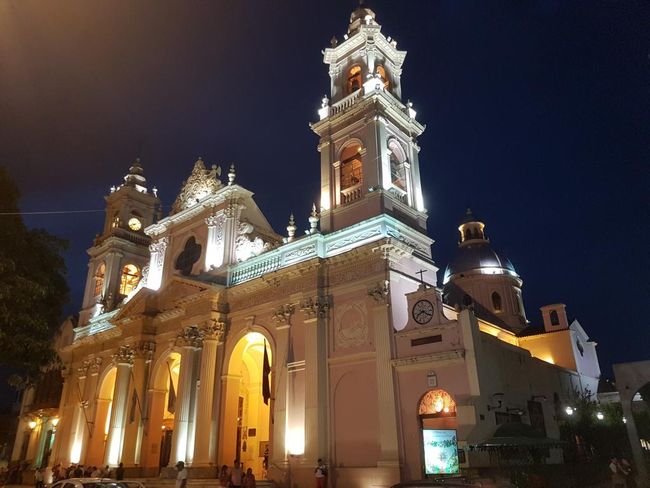
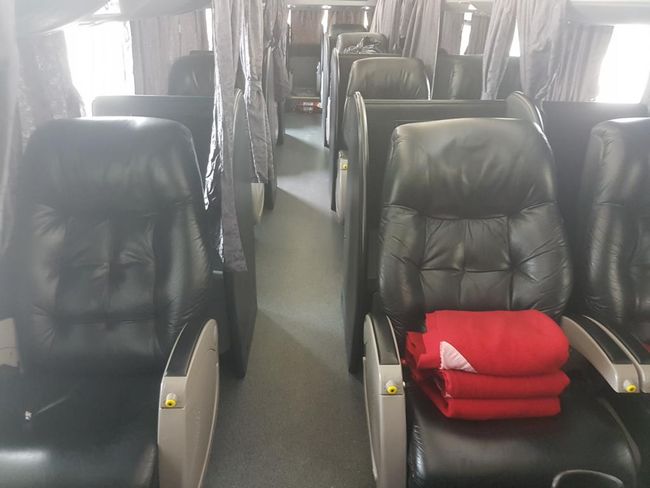
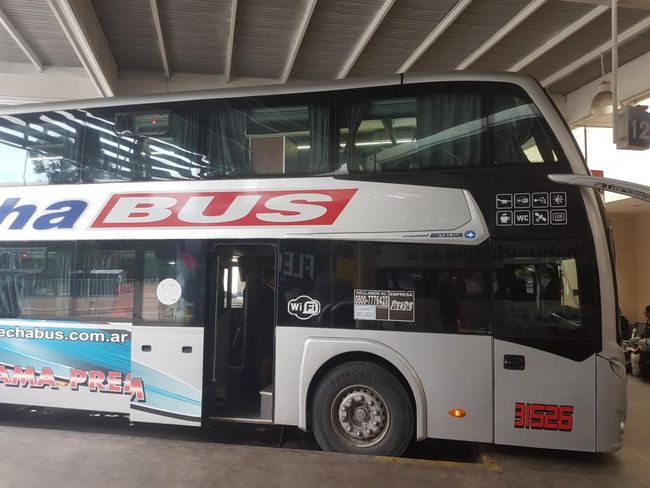
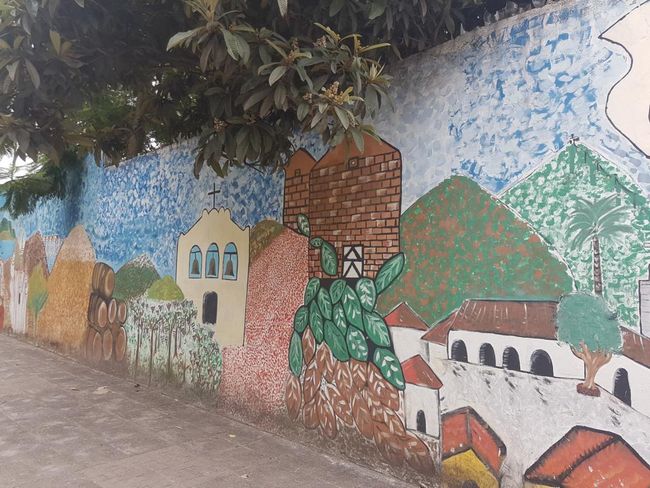
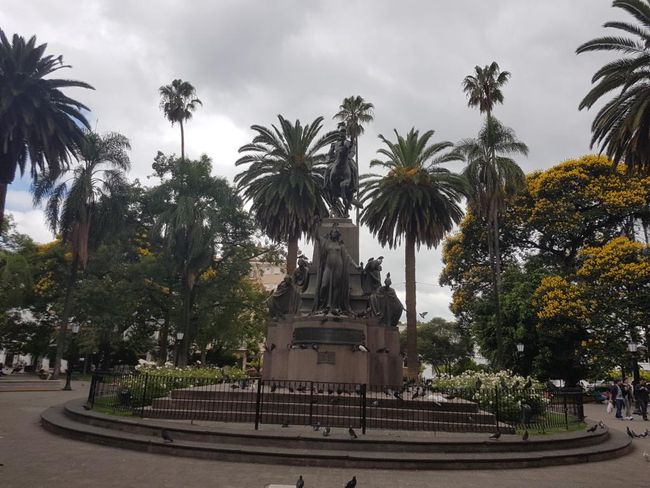
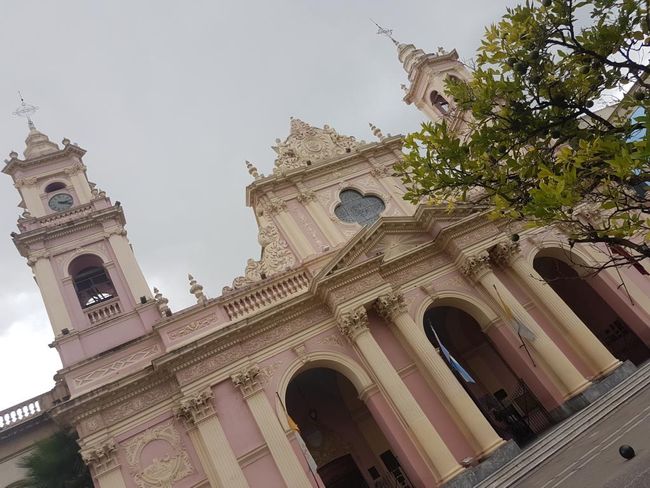
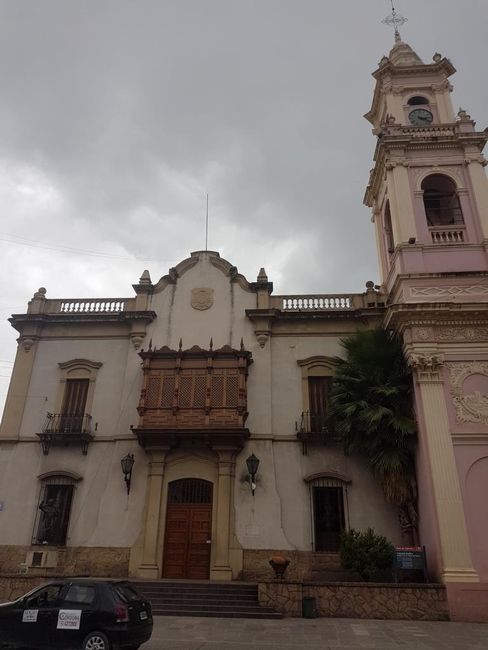
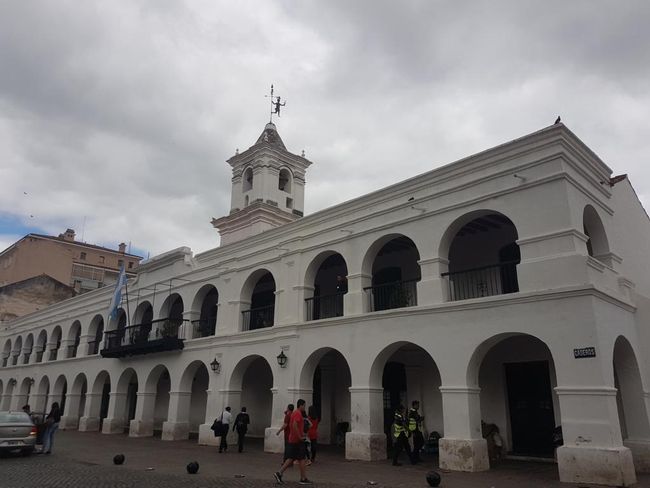
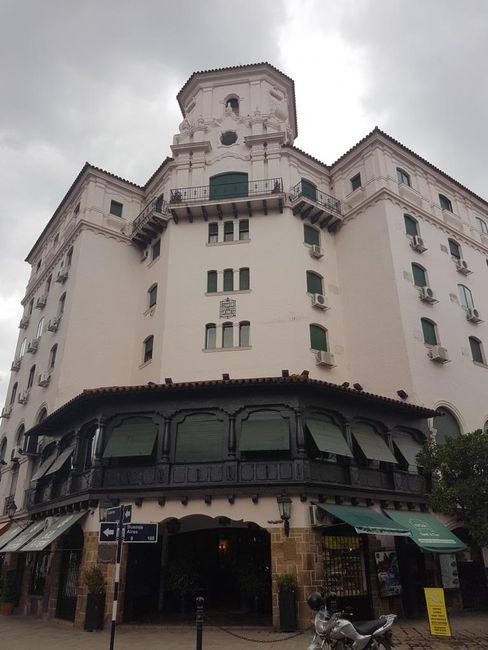
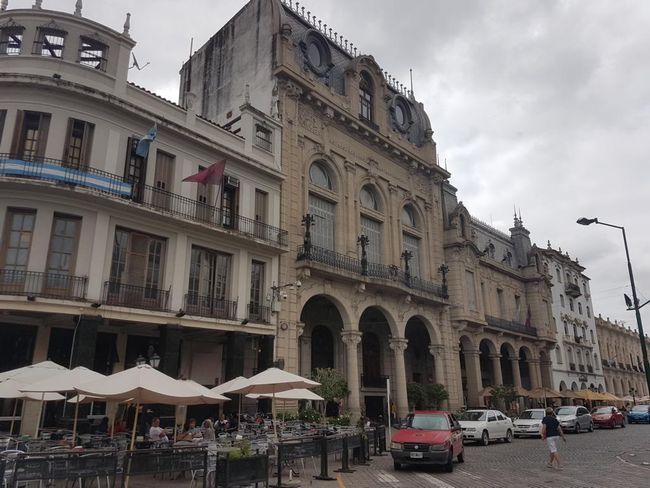
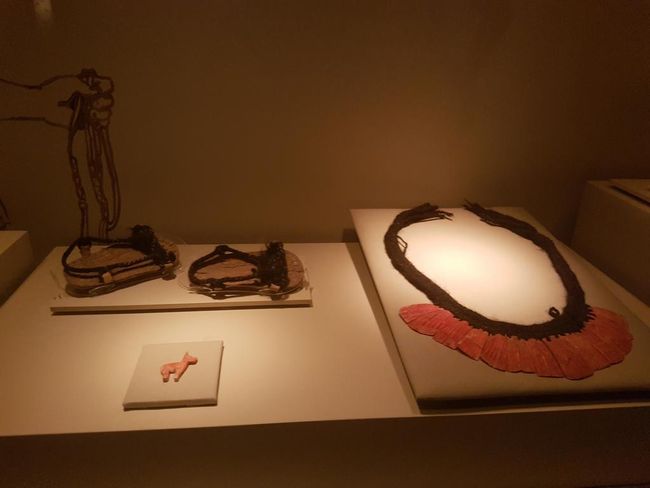
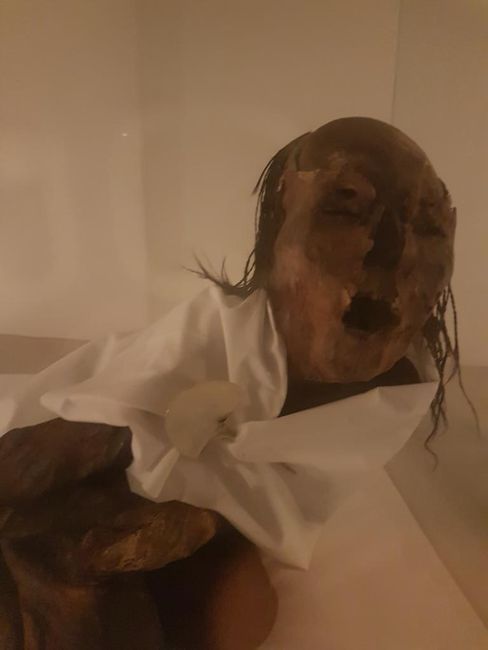
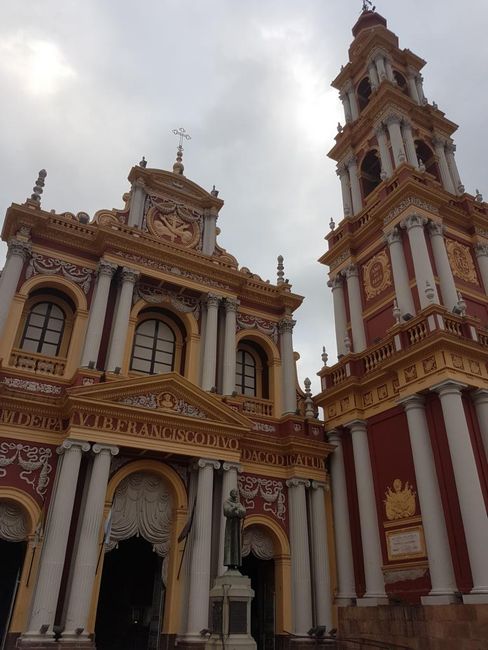
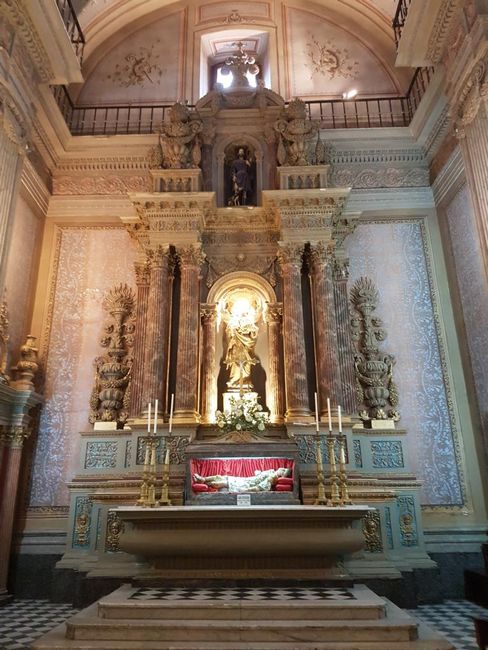
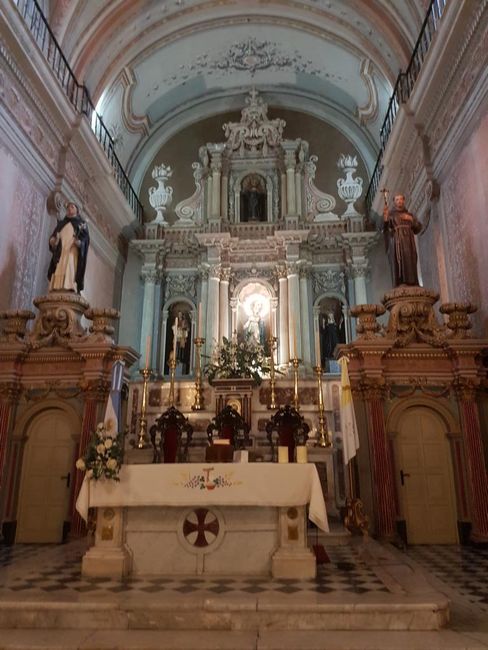
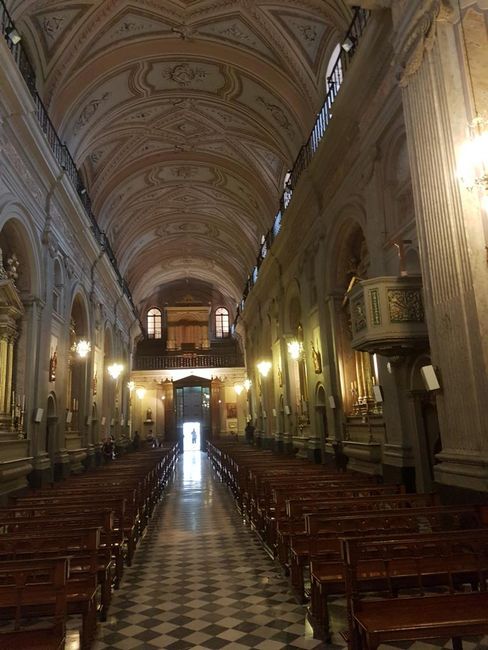
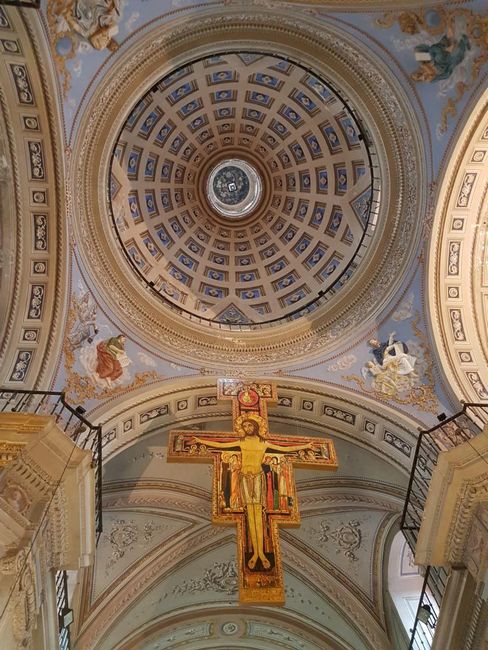
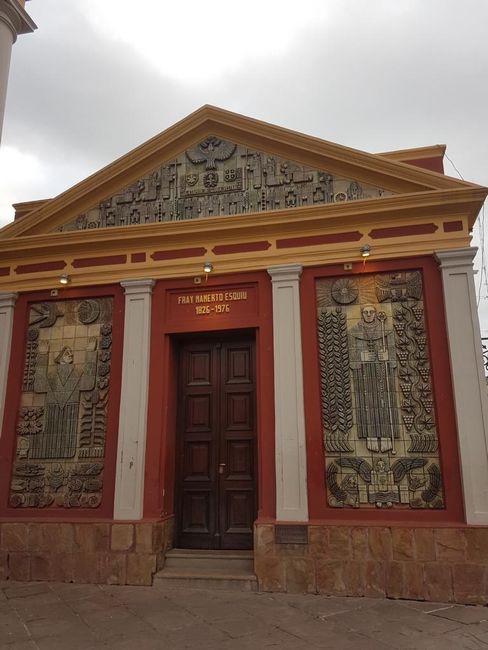
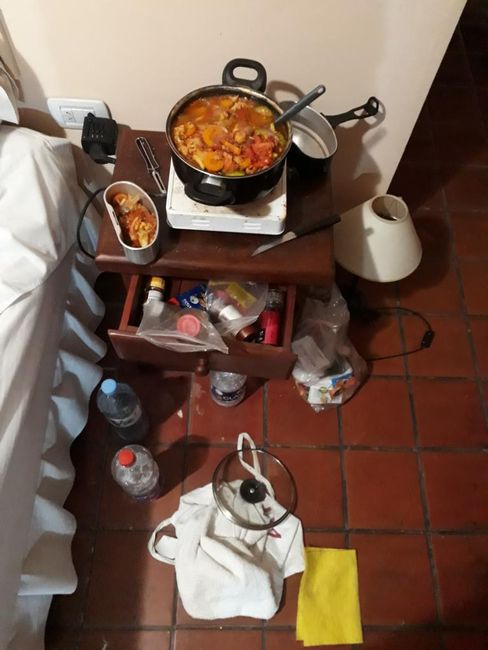
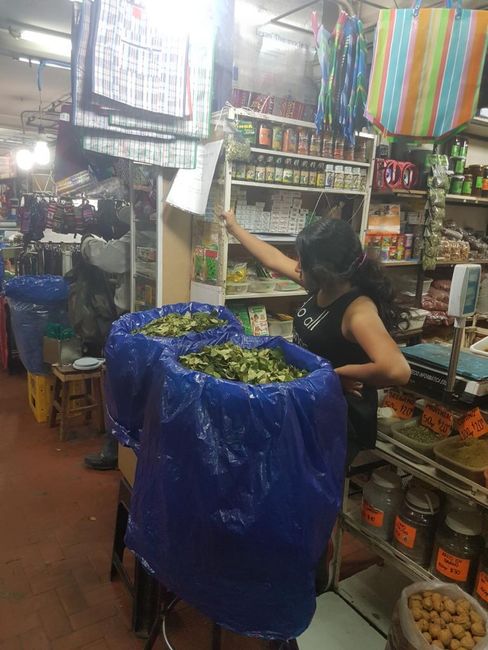
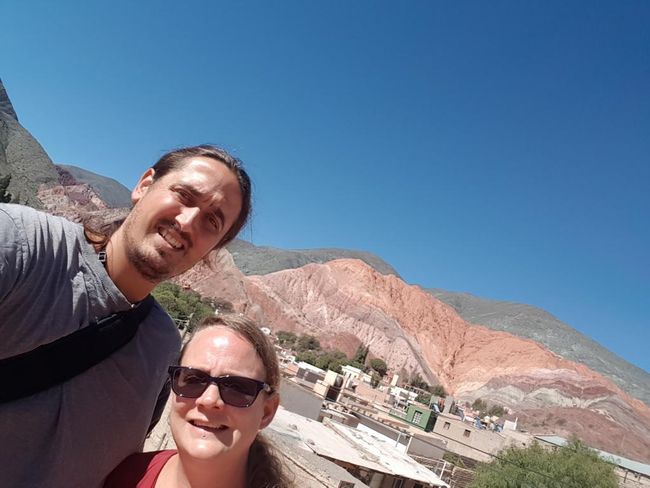
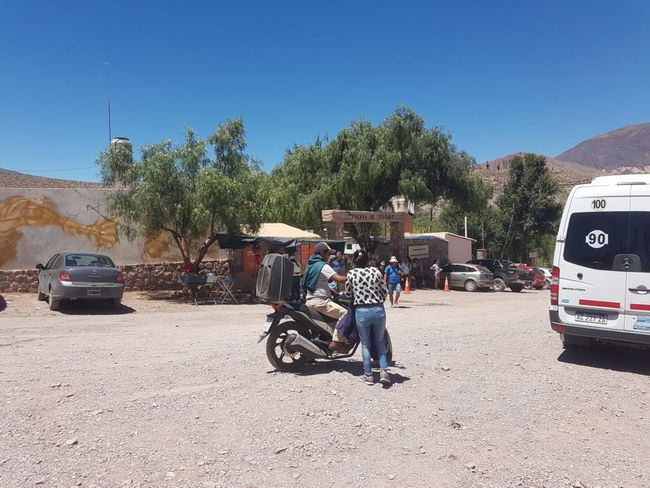
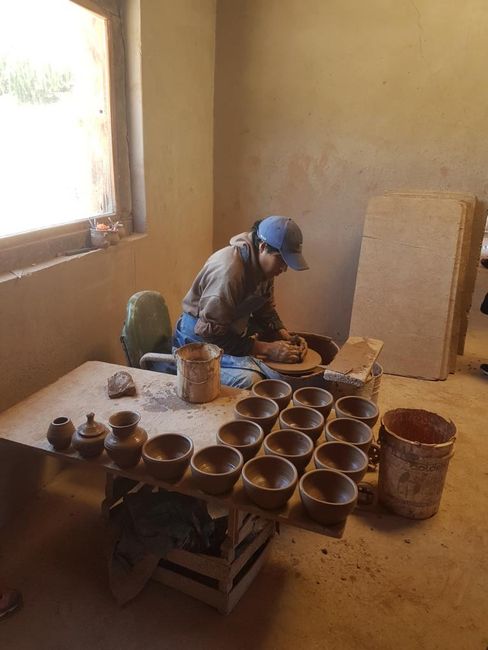
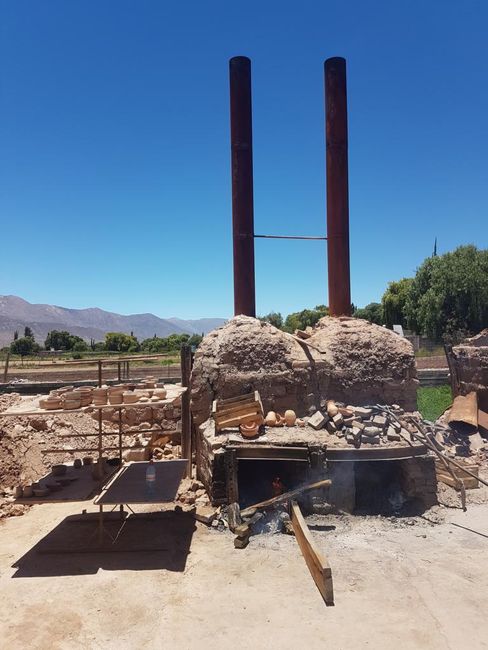
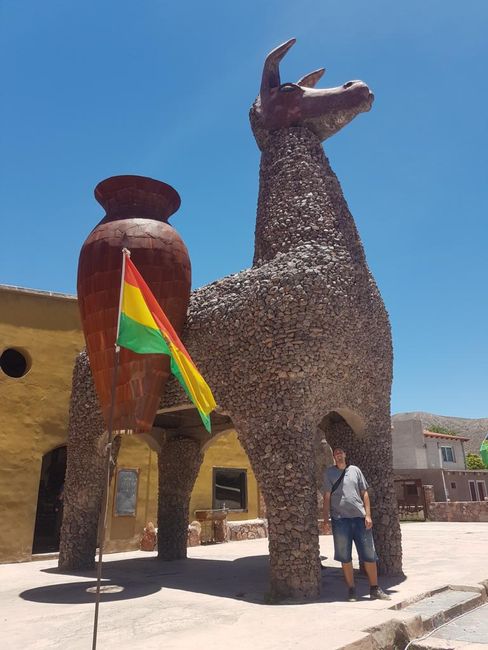
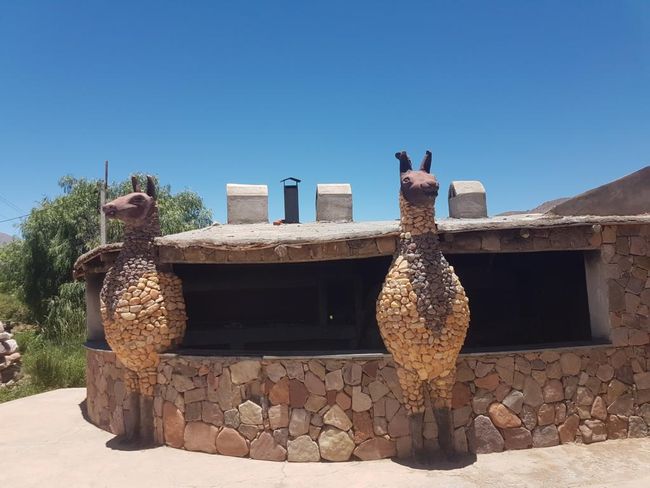
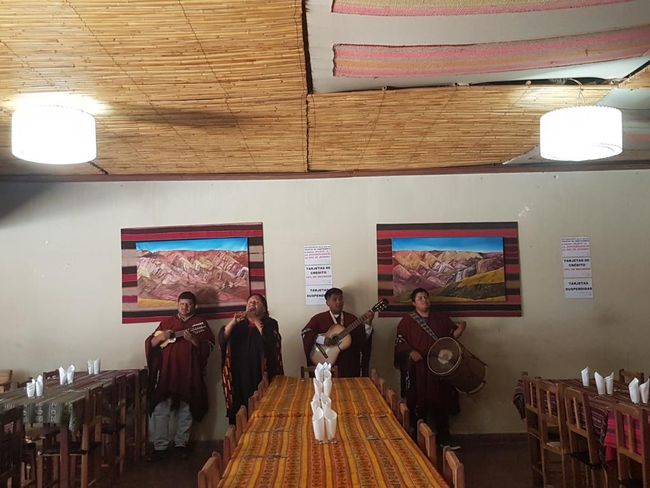
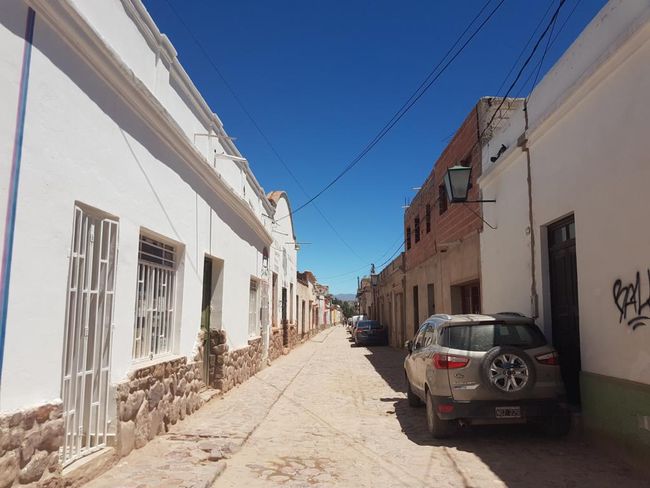
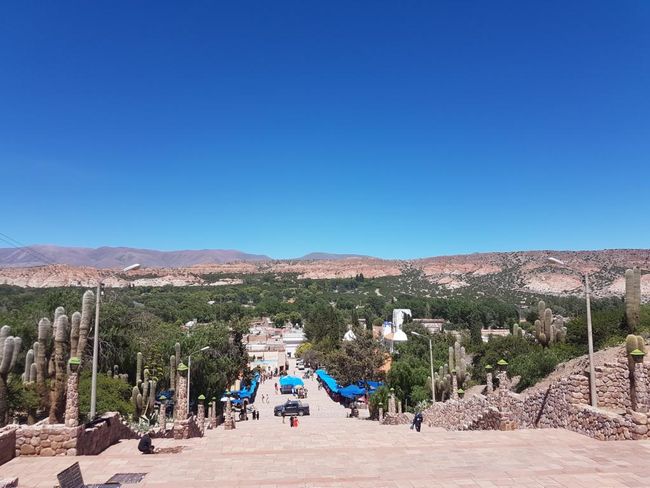
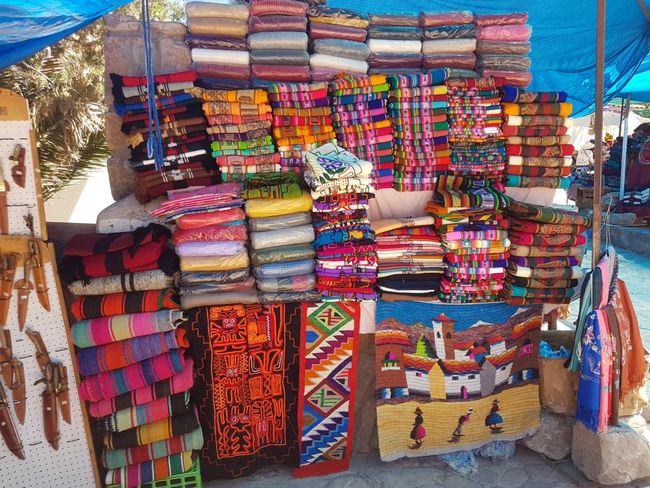
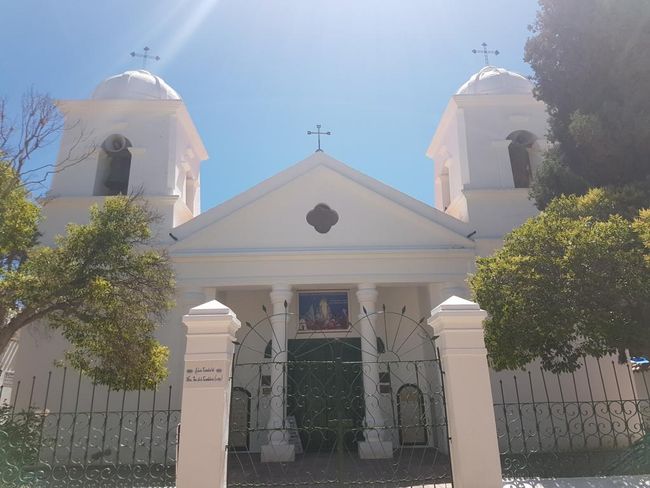
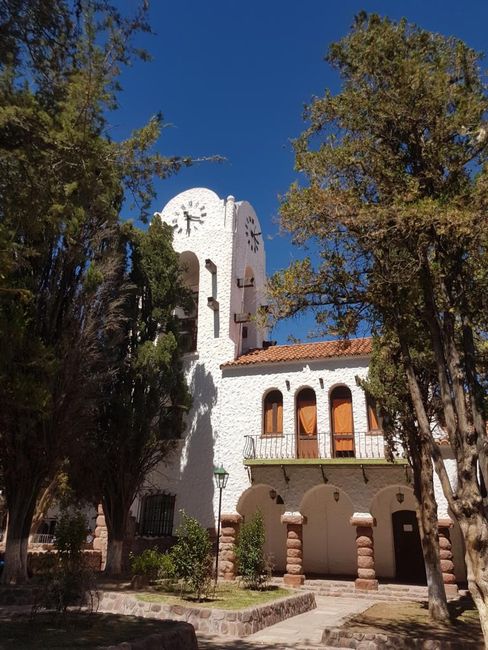
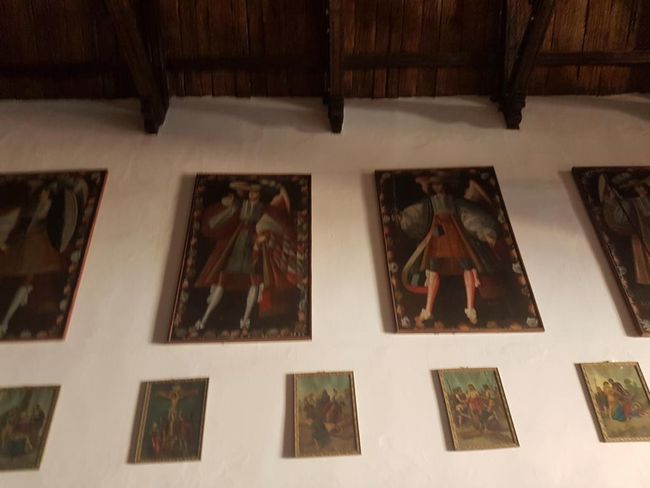
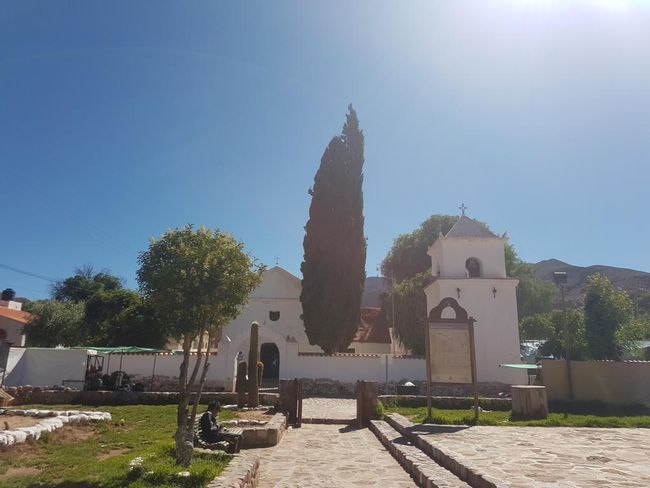
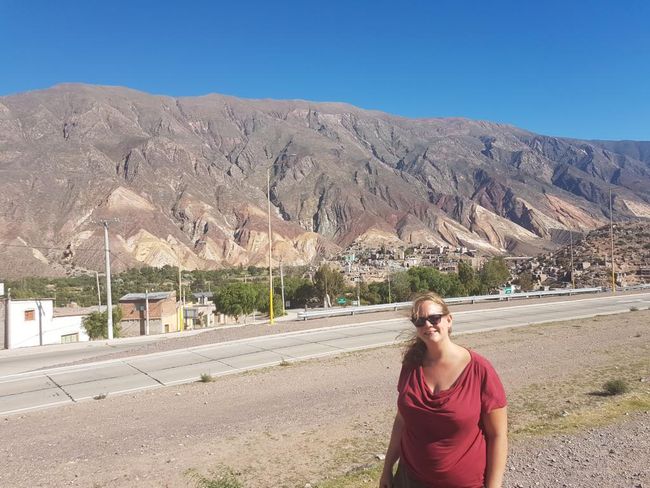
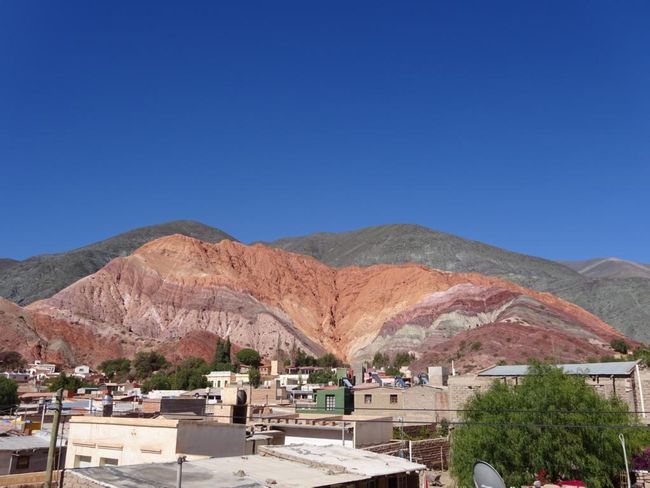
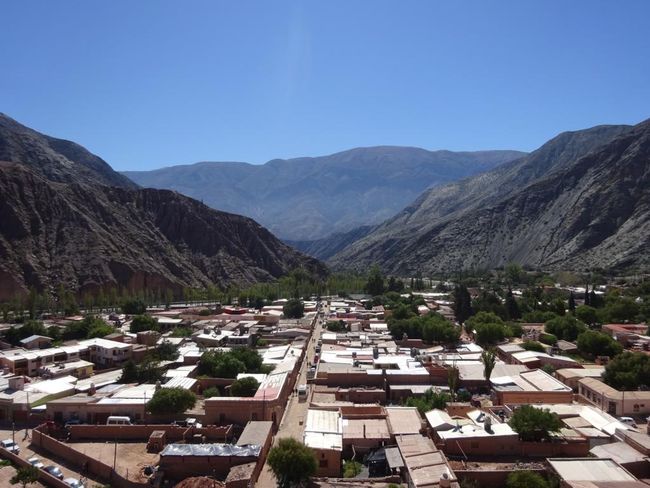
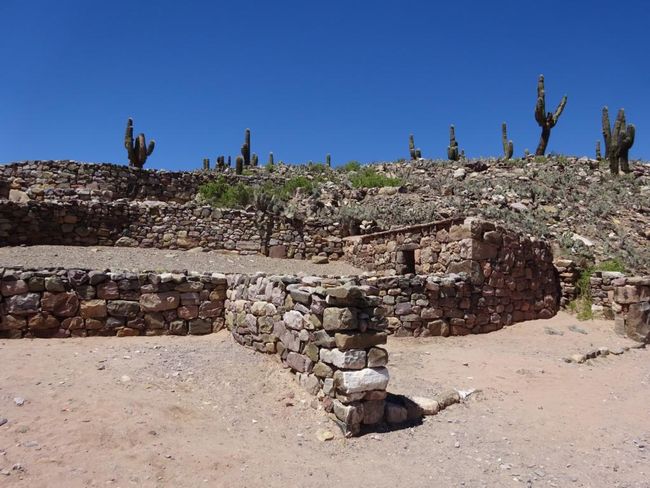
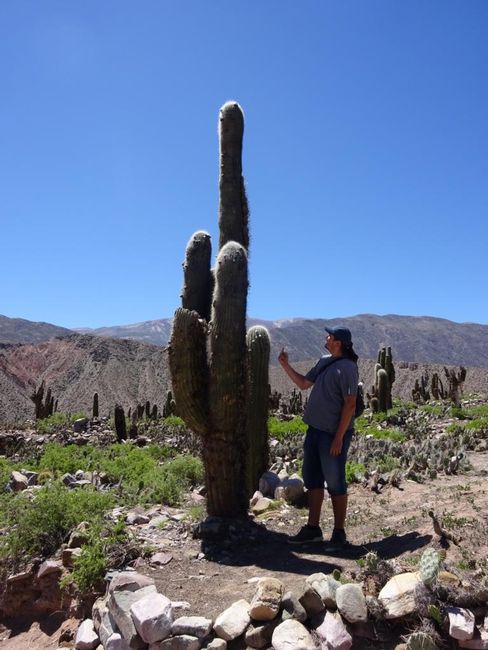
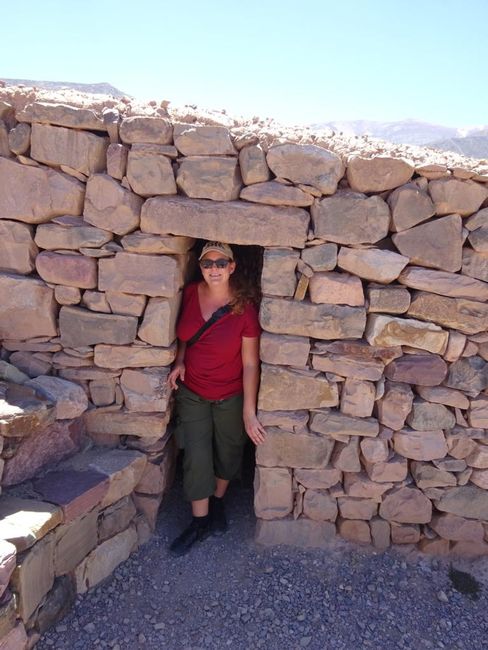
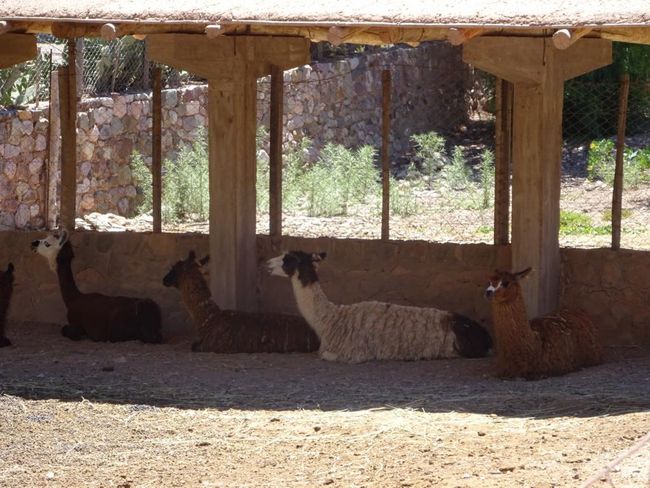
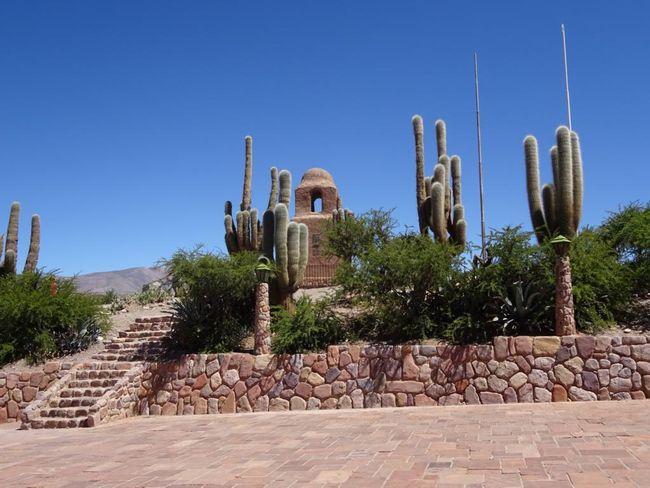
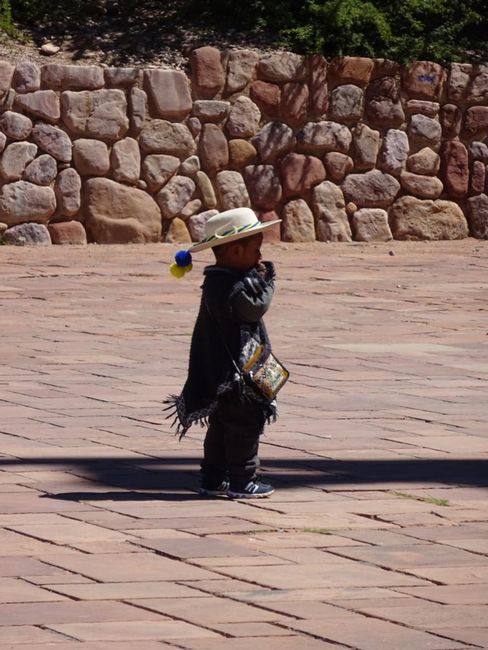
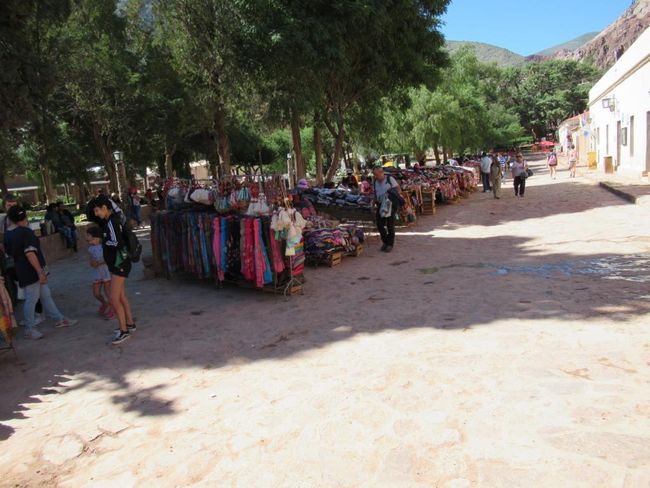
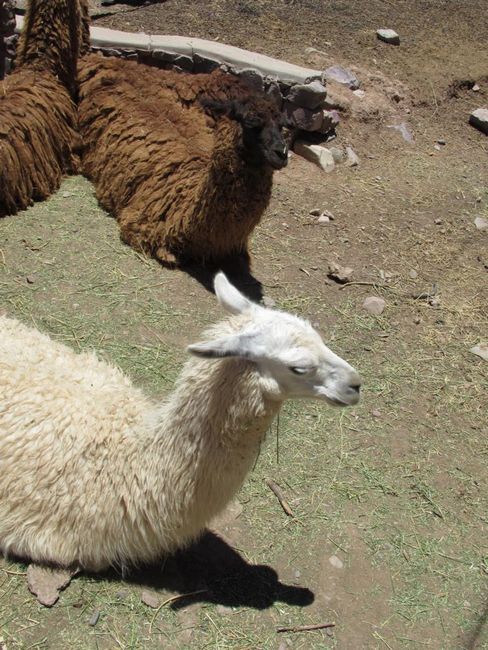
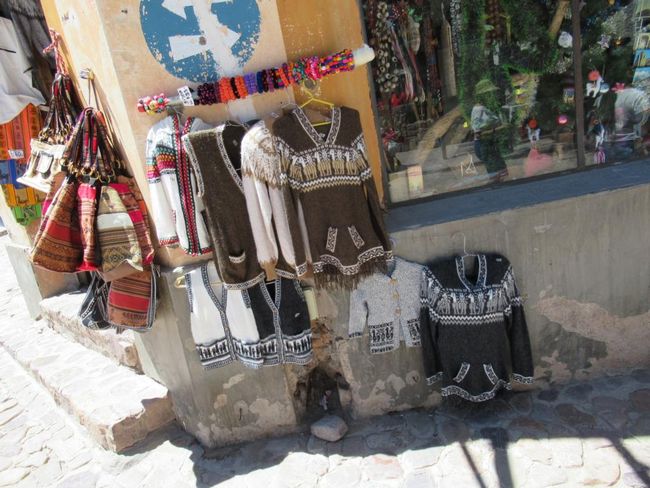
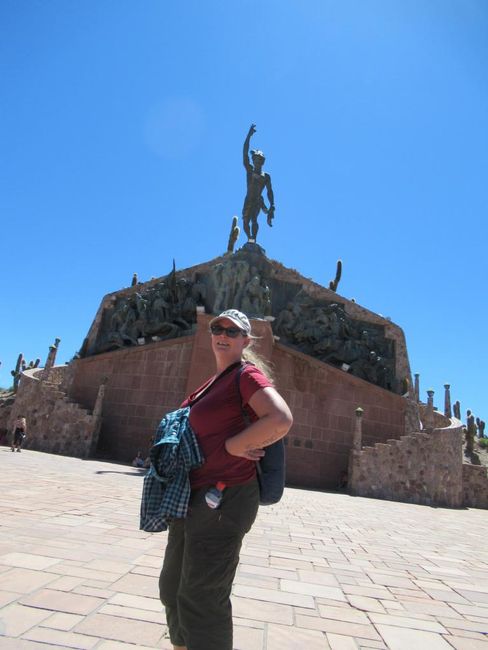
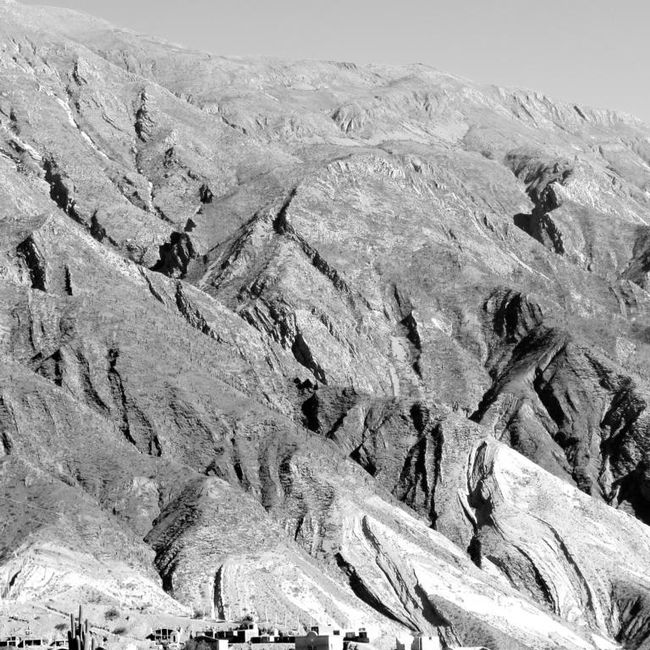
Bülletenə abunə olun
It was a long journey to Salta, the trip took about 12 hours. However, it was more than pleasant because we booked a very comfortable suite-class bus for the very first time on this trip.
Salta is located in the Andes and is therefore very similar to Bolivia and Peru in terms of culture, but it is actually just a cheap imitation. That's why we probably didn't find it as spectacular as many travelers who raved about Salta. That's why we didn't stay there long either.
On the other hand, it is really the most beautiful city in Argentina that we visited, which is not particularly difficult, as most other cities are quite ugly. There is a beautiful central square lined with impressive colonial buildings. The red and golden Iglesia San Francisco is the most impressive sacred building in Salta.
It was Sunday afternoon when we arrived, and since there was nothing else going on, we visited the Sunday market. However, there was also nothing going on here, and at the market they actually offered exactly the same junk that is sold everywhere in Peru and Bolivia. So it wasn't particularly recommended. Here you could even buy coca leaves again, although they only seem to be semi-legal in this part of Argentina.
We visited the Museo de Arqueologica de Alta Montaña, which is dedicated to Inca culture in general and the ritual child sacrifices in particular. Mummies of child sacrifices were also found in the Andean peaks in Argentina. In 1999, three such poor children were discovered on the summit of Llullaillaco, 2 girls (one 15 years old, the other 6-7) and a boy (about 7 years old). It is the closest archaeological site in the world. The cold, low air pressure, and a lack of oxygen and bacteria helped preserve the mummies almost completely. One of the mummies is alternately exhibited in the museum every 6 months and forms the centerpiece of the exhibition. In addition, you can see the various grave goods. The descriptions and explanations are rather superficial, but this is also one of the better museums we visited in Argentina, which, however, is not particularly difficult, as the overall quality of the museums in Argentina is unfortunately surprisingly bad.
Another interesting exhibit is the "Reina del Cerro," a mummy from an Inca grave that ended up here after a turbulent journey. The mummy was brought down from the mountains by grave robbers in 1920 and then spent over 80 years in the possession of various private individuals under poor conditions until it found its way into the museum in 2006. Therefore, its preservation condition is much worse than that of the other 3 mummies.
The children were carefully selected and taken to Cusco, the capital of the Inca empire, where they were part of an important ceremony. Ceremonial marriages between the children helped strengthen the diplomatic relations between the tribes of the empire. At the end of the festivities, the children were led in a procession around the festival site, then they returned home, in a tedious march that could last months. Once there, a welcome party was prepared for them before they were led on their final journey to the mountains. They were brought to the mountain summit in a stupefied state and often buried alive, sometimes they also died by strangulation or a blow to the head.
We joined a guided tour to the Quebrada de Humahuaca, one of the highlights of the area. It is a wide gorge that is also known for its colorful rocks. So similar to the Rainbow Mountains in Peru, although they can't compete with the mountains in Peru at all. The color here does not come from different elements in the rocks, but from different air and pressure conditions during the formation of the mountains.
Scattered in the valley are picturesque villages, some of which we visited on our tour. The adobe style is widespread here as an architectural feature, i.e. buildings made of mud bricks.
The first stop took us to Purmamarca, which is located at the foot of Cerro de los Siete Colores. Here we had an hour to look at the mountains from the various viewpoints (for which we had to pay separate admission for each), stroll around the village a bit, or let the souvenir sellers harass us on the village square.
We could only look at another yellow-red hill from the bus as we passed by on a bridge. At least the driver slowed down to a walking pace.
Then we stopped at a pottery workshop, where this craftsmanship was presented to us. Of course, we had already seen enough of this and besides, we didn't want to know anything more about ceramics after the disaster with the ceramic parrots, so the highlight of this stop for us was actually the huge llama at the entrance and the small enclosure with live llamas. At least for me, Jörg couldn't muster much enthusiasm for it.
In the small town of Tilcara, we visited the ruins of Pucara. Since it happened to be Monday, we didn't have to pay the outrageous entrance fee of 300 pesos. However, we didn't get off scot-free, at the entrance there were friendly gentlemen with a large box who pointed out that you should make a contribution to be welcomed. Very friendly, they are really very lovable, the Argentines.
It is a fort from the 11th-15th century, and at the same time it is also a necropolis. The culture of the Condorwuasi living there was known for not having cemeteries. The dead were dried in the sun and then buried as bundles of corpses in their own homes in holes that sometimes were only a little above the surface. For festivals, such as weddings, the mummies were repeatedly exhumed so that all family members could attend the occasion, the living as well as the dead. The members of this culture died at a young age, no one lived past about 30, which is exactly what this custom was blamed for. The people were poisoned by the toxic fumes from the graves throughout their lives. This changed only when the Incas came and brought the concept of cemeteries to bury the dead. The Inca had a special kind of invasion that did not involve warfare. They contacted the village leaders and offered them to voluntarily join the Inca. In return, they offered their knowledge of road construction, water supply systems, and general infrastructure. If the indigenous tribes rejected the offer, the Incas caused economic crises until they changed their minds. When the pre-Inca tribes finally agreed to join the Incas, the Incas arranged marriages between male members of the tribes and women from the Inca empire who were forced into these marriages. The resulting half-Inca offspring were again forced to marry someone from the Incas, so that within 40 years a complete infiltration took place and the pre-Inca blood was simply wiped out. The newly conquered villages had to give 80% of their yields to Cusco.
On the premises, there is also a rather ugly monument in the form of a pyramid to honor the pioneering work of the archaeologists.
Next, we came to the town of Humahuaca, where we first went to a restaurant for lunch. Of course, the menu was completely overpriced, but at least the food was really good. As entertainment, a folk band played for us. During the meal, we got into a conversation with an elderly couple from Rosario. They didn't find it funny at all when we mentioned the missing flag on the flag monument, which we could have foreseen. The man asked us about Switzerland and wanted to know how many hours we work per day. When we answered 8-9 hours, he frustratedly said that in Argentina it is unfortunately no longer possible to live decently with only 8-9 hours. I really had to refrain from replying that when we talk about 8-9 hours of work in Switzerland, we really mean WORK, and that at the checkout in the supermarket we serve more than one customer in 15 minutes. Basically, he is a poor guy, he belongs to that generation that worked their whole life and whose savings from this work life are now being eaten up by the extreme progressive inflation in the country. Argentina really has a problem. The money is losing its value, prices are rising. Daily. In the supermarket, we were already once warned by a woman to pay attention to whether the price of a product at the checkout matches the price indicated on the shelf. This is often not the case because prices are constantly changing. She said it was bad, and everything is the fault of the World Bank. Aha. Long queues form in front of the banks because the Argentines go immediately to exchange every penny they can for dollars, a hard currency. Even the prices listed in the guidebooks are absolutely unreliable, you have to at least multiply them by a factor of 3. However, you have to know that the magic word for Argentines is "Cuotas" (installment payments). You are offered installment payments everywhere, every product can be bought in installments, every company advertises interest-free loans. Jörg even witnessed a woman paying for her hamburger in 12 installments in a McDonald's! Just imagine, you're still paying off the damn hamburger from January next Christmas! So the Argentines live on credit, and that only further fuels inflation. As long as everyone spends more money than they earn, these problems are unlikely to improve. But we all spared ourselves a long discussion about socio-economic and macroeconomic problems because, after all, we all wanted to enjoy the day in the Quebrada. So we just nodded sympathetically, said it was very sad that Argentina is in such a bad state, and left it at that.
After lunch, a local guide took us on a tour of the town of Humahuaca and told us about the local customs. Unfortunately, his Spanish was incredibly difficult to understand, so we didn't catch everything. The explanations about the weddings were interesting. During a festival, the future couples were selected and brought together. Then the future husband was allowed to subject his future wife to a test to see if she could cook, for example, etc. He also took her to the river where she had to squat down and pee in a tiny little container in front of his eyes. If she succeeded, her virginity was confirmed. If she couldn't do it, well, too bad. What absolute nonsense. Of course, there was no test the other way around, the woman simply had to accept what was assigned to her. Fortunately, these customs have also become outdated there, so that people can choose their partners themselves, without a pee test.
After the tour, we had some time to explore the town on our own. It is a pretty but really touristy place. The church Iglesia de la Candelaria is really beautiful and the Cabildo is known for its clock tower from which a life-sized figure of San Francisco Solano appears at noon to bless the people. Unfortunately, we were already too late to witness this spectacle.
The entire town center is dominated by a huge monument, the Monumento a la Independencia, which is located at the top of a long staircase.
In Uquia, we made a brief stop at the church to see the paintings inside. They depict archangels with guns, a rather unusual sight. However, the collection is incomplete, not all archangels are represented anymore. Interestingly, there are more such collections nearby that even depict all the original archangels, including the angel Lucifer who later fell and became a devil. Interestingly, this is the only place where the devil is inside the church. Unfortunately, you were not allowed to take photos in the church and of the paintings. I secretly took one anyway, but unfortunately, it is a bit blurry.
On the way back, we passed another Mirador to look at more colorful layers of rocks before we finally made our way back to Salta, where we arrived after a long day.
This tour was honestly not very exciting. On the one hand, it was just another usual Cangrejo tour (We call tours where we are with locals Cangrejo tours, in contrast to Gringo tours), we were rushed and stressed everywhere. On the other hand, the area doesn't have much to offer, at least not if you've been to other countries in South America, like we have. Still, looking back, we were quite glad that we did the tour at least as a guided tour and didn't drive out to the villages on our own. So we didn't waste much time and could soon disappear from Salta.
Bülletenə abunə olun
Cavab verin
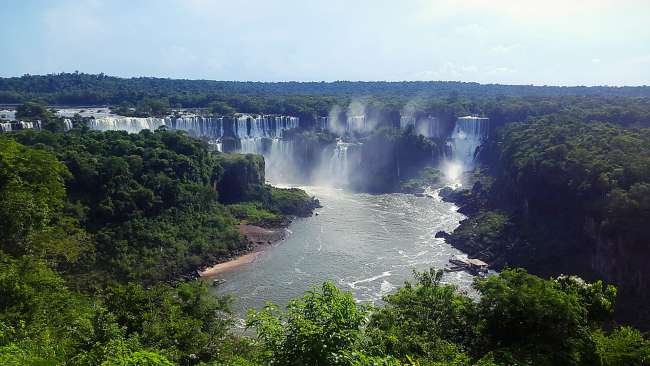
Səyahət hesabatları Argentina

